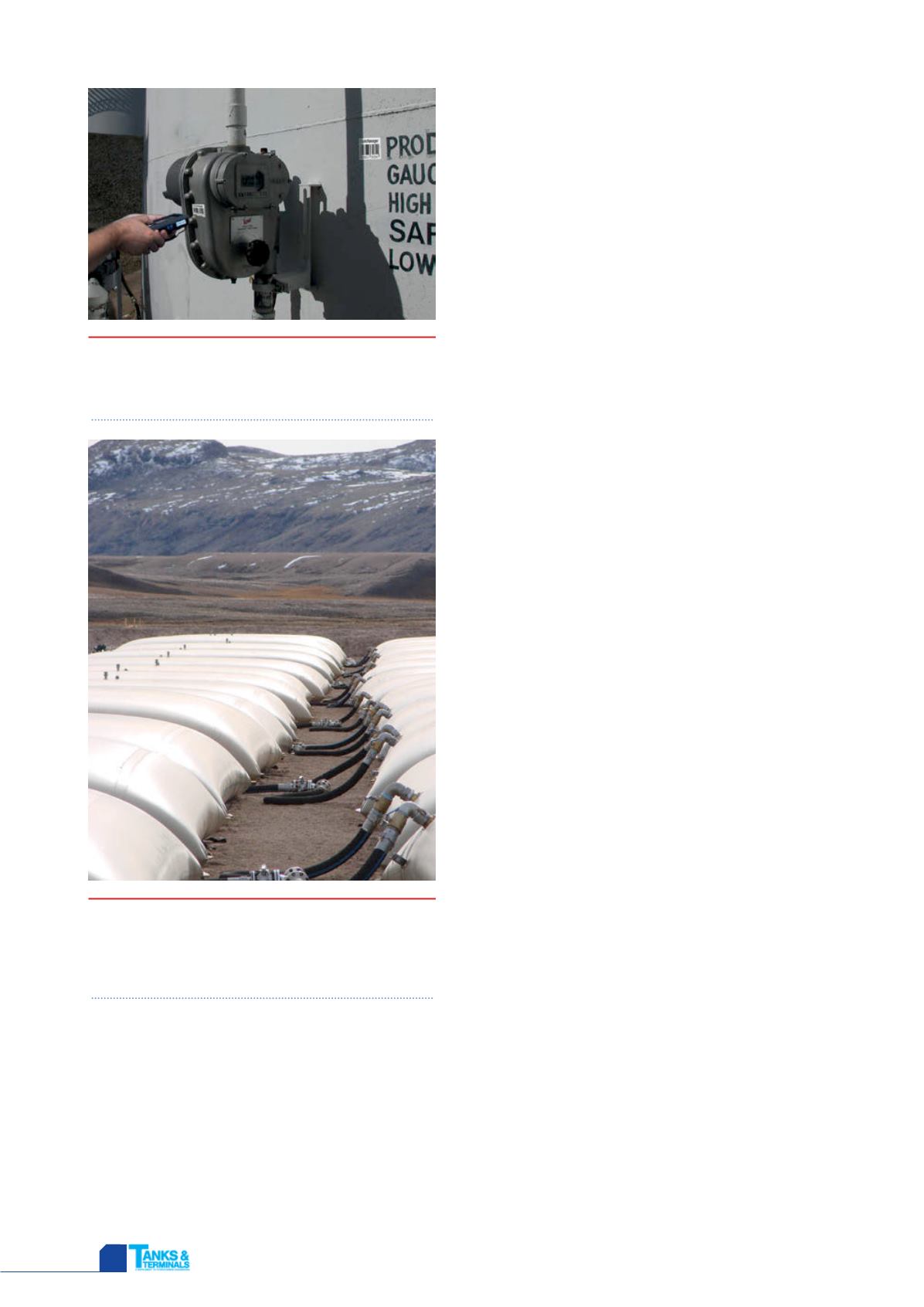
HYDROCARBON
ENGINEERING
44
well as the need for a systems integration and data sharing
solutions approach by both vendor and customer.
Safe and mobile
So why do we not see Apple or Android apps for industrial
applications like interfacing to process and control
equipment such as tank gauges, flowmeters, and pressure
vales? The main driving reason is that trusted smart phones,
tablets, and other mobile devices are not considered safe
for use in hazardous areas such as in process plants or
around bulk petroleum storage tanks where equipment
must carry safety certifications. There are very few mobile
devices available with the required safety certifications, and
even fewer available with the range of accessories needed
for industrial tasks. These rugged and somewhat bulky
devices are supplied from a number of hardware
manufacturers. Since these companies are hardware
focused, the devices run versions of Microsoft Windows
Mobile.
Web based technology driver
This Windows Mobile operating system and its variants are
considered outdated by many web based developers
looking to make their fortune from android, windows
phone, and iPhone app sales. They are using HTML 5 for
cross platform web applications that work seamlessly on
smart phones, tablets and desktop browsers.
Looking at the example application below, one can see
why this becomes a problem. In order to perform additional
tasks (such as keyboard data entry, bar code scanning, or
credit card reading) using a hazardous area approved device
with Windows Mobile it needs to support USB and serial
communications. Not all accessories have transmission
control protocol/internet protocol (TCP/IP) interfaces,
which is the only protocol supported through HTML5. To
get around this problem, specific drivers need to be
developed and loaded onto the handheld computer. This is
not a standard task for an app store driven web developer.
I
ndustry example: Mobile hand
gauging for tank farms, terminals
and refineries
Most tank farms and terminals operate to strict procedures
governing the accountability of inventories and equipment
on site. For example, an end of month stock reconciliation
compares a hand gauge (dip) measurement against the
existing tank inventory system. This is a simple, but time
intensive process on large sites, which may be easy for
operators to take shortcuts. These shortcuts can lead to
inaccurately recording inventory. The financial value of
inventory either gained or lost impacts bottom lines every
month.
A mobile system will improve confidence in a facility’s
operations by reporting accurate, validated information
directly from the tank. Operators could be guided through
specific workflows based on the end of month
reconciliation. A well developed application would ensure
compliance and improve efficiency by asking questions
throughout the process. Data entry errors will be reduced
by scanning barcodes on equipment or by validating any
manually entered data immediately. Every data point,
whether scanned or entered, is time stamped and stored.
Information can be transferred to an inventory system at
the end of the shift or day using WiFi, cellular or a docking
station. Once transferred, office personnel can easily report
the stock position of oil and gas inventories at their tank
farm.
Understanding the application
Many processes in a plant environment are niche
applications; the number of potential users will not gain
Figure 1.
Scanning a barcode on the petroleum
tank initiates the desired workflow, prompts the
operator for information, validates information
and time stamps all actions.
Figure 2.
Mobile computers can be used to
capture data for enterprise systems even in
remote locations, such as expeditionary or
tactical environments found in the mining or
defence industries.


